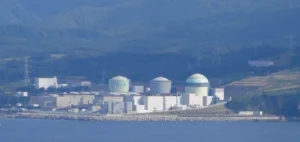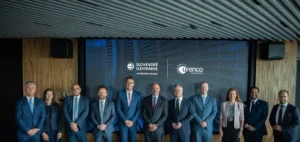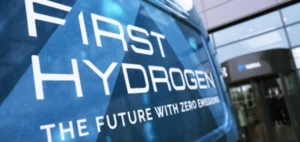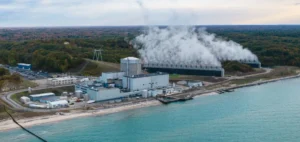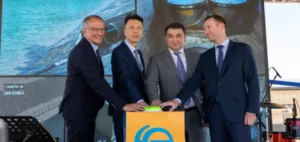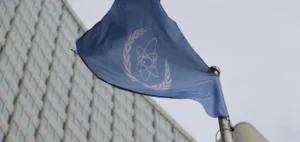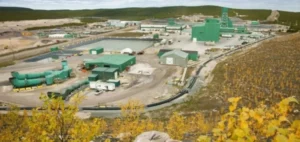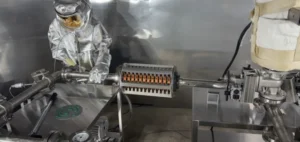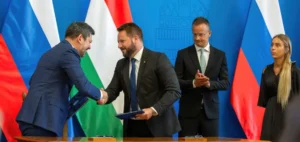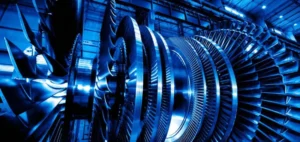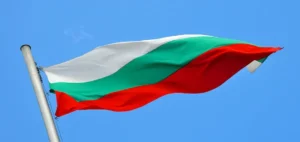Thales Group and German start-up Marvel Fusion have signed a partnership to accelerate research into nuclear laser fusion at the European nuclear physics research center ELI-NP in Romania, the French defense and technology group announced.
“It is possible to recreate nuclear fusion with very high-power lasers (…) without producing radioactive waste,” said Franck Leibreich, director of the Laser activity at Thales. This is what the next experiments will have to validate.
Initially, it will be necessary to adapt the “most powerful laser in the world” set up by Thales in Magurele, Romania, within the ELI-NP (Extreme Light Infrastructure – Nuclear Physics), before carrying out a series of tests, according to a statement from the group.
The first research results should be presented “within three years” with the aim, if the experimentation is successful, of building commercial power plants in the 2030s, Thales added in its release.
Nuclear fusion, different from the nuclear fission used in current power plants, feeds the hopes of many scientists to provide large quantities of energy presented as clean, without radioactive waste and with less risk of accidents.
Unlike the magnetic confinement fusion technique of the Iter program, the Thales and Marvel Fusion project is based on the interaction of high-intensity laser pulses of minute duration with nanostructured fuel targets.
The ELI-NP is designed to provide scientists, engineers and physicians with the highest laser powers, up to 10 petawatts (equivalent to 10 power 16 watts), for a variety of uses from medicine to power generation.




